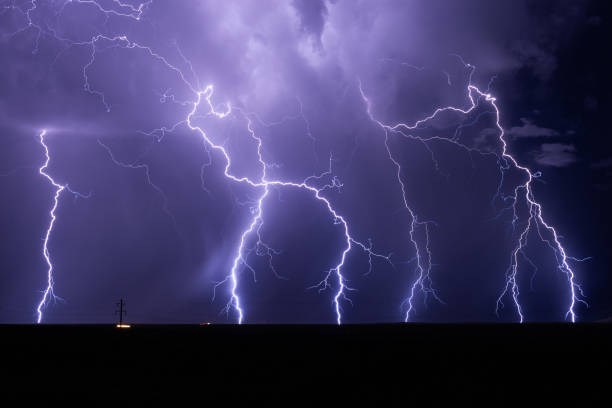Monsoons bring thunderstorms, dust storms and flash floods that are typically short in duration but develop quickly and leave a lasting impression. While each aspect of a monsoon can present different hazards, it is important to know what you can do to protect yourself and your family.
Dust storms
Dust storms can create wind gusts that exceed 40 mph and dramatically reduce visibility.
- Move indoors if possible and stay away from the windows.
- If driving, pull off the road and get as far to the right as possible.
- Turn off the car and headlights.
- Set the parking brake and keep your foot off the brake pedal.
Flash floods
Flash floods can be extremely dangerous. Most flash flood deaths occur in vehicles; moving water one to two feet deep will carry away most vehicles.
- Travel should be avoided whenever possible during flash floods.
- If travel is inevitable, do not drive into flooded roadways or go around barricades.
- Do not play or allow children to play in flood waters. Not only can flood water pose potential health risks, six inches of fast moving water can knock over an adult.
Sandbags are available at Queen Creek Fire Station 2, located at 24787 S. Sossaman Road. Residents are reminded to bring their own shovel and only fill the bags half full.
Lightning
- Lightning can strike several miles away from a storm.
- If you hear thunder, move inside or into a hardtop vehicle.
- If you are unable to get indoors, avoid water and metal as they are conductors of electricity.
- Stay clear of trees, power lines and telephone poles.
- Remain inside for at least 30 minutes after the last thunder.
Downed power lines
- If you encounter a downed power line, stay at least 100 feet away from it.
- If the power line has fallen on your car while you are in it, do not touch anything metal in the car. Stay inside until professional help arrives.
SRP provides an outage map for customers with estimated restoration times, visit SRPnet.com for more information.
Stormwater
Stormwater is not the rain that falls from the sky but the runoff, which is generated when rain flows over land and surfaces such as concrete driveways, sidewalks, streets, parking lots and rooftops, and does not infiltrate into the ground.
Stormwater runoff is one of the leading causes of water pollution in the United States. Here’s what you can do to help keep surface water clean:
- Sweep up yard debris into piles and dispose of properly rather than hosing or blowing down the street.
- Be sure to pick up after your pets. Pet waste contains bacteria that can wash into retention basins and parks where families play.
- Avoid spraying chemicals outside before a storm. Use pesticides and herbicides according to instruction.
Severe weather watch means that residents should be prepared, as there is the possibility of severe weather in the area.
Severe weather warning means to take action, severe weather has been reported in the area.
For more safety information, visit the National Weather Service Phoenix office. Visit QueenCreekAZ.gov/Storms for additional information about the town.



